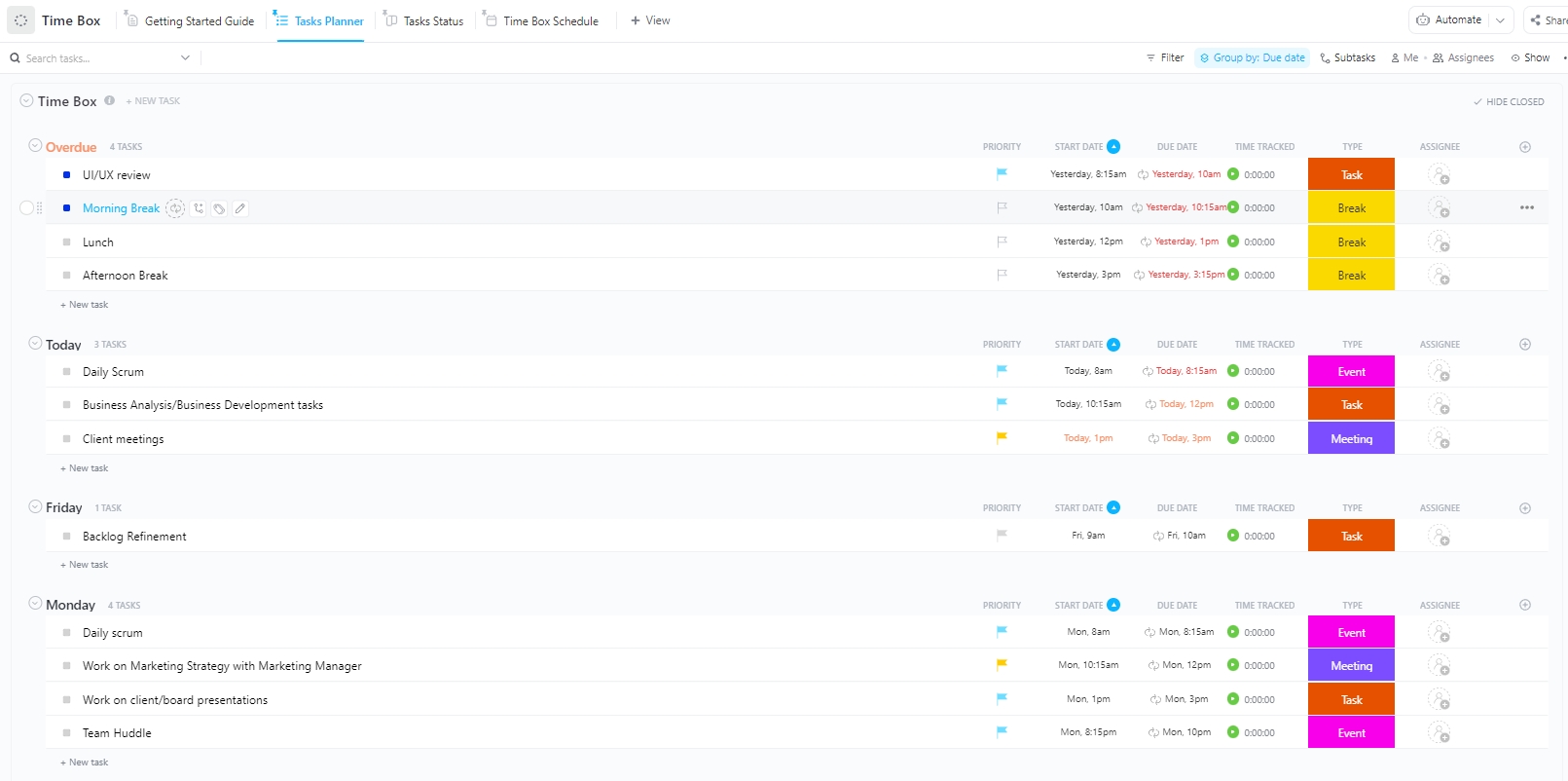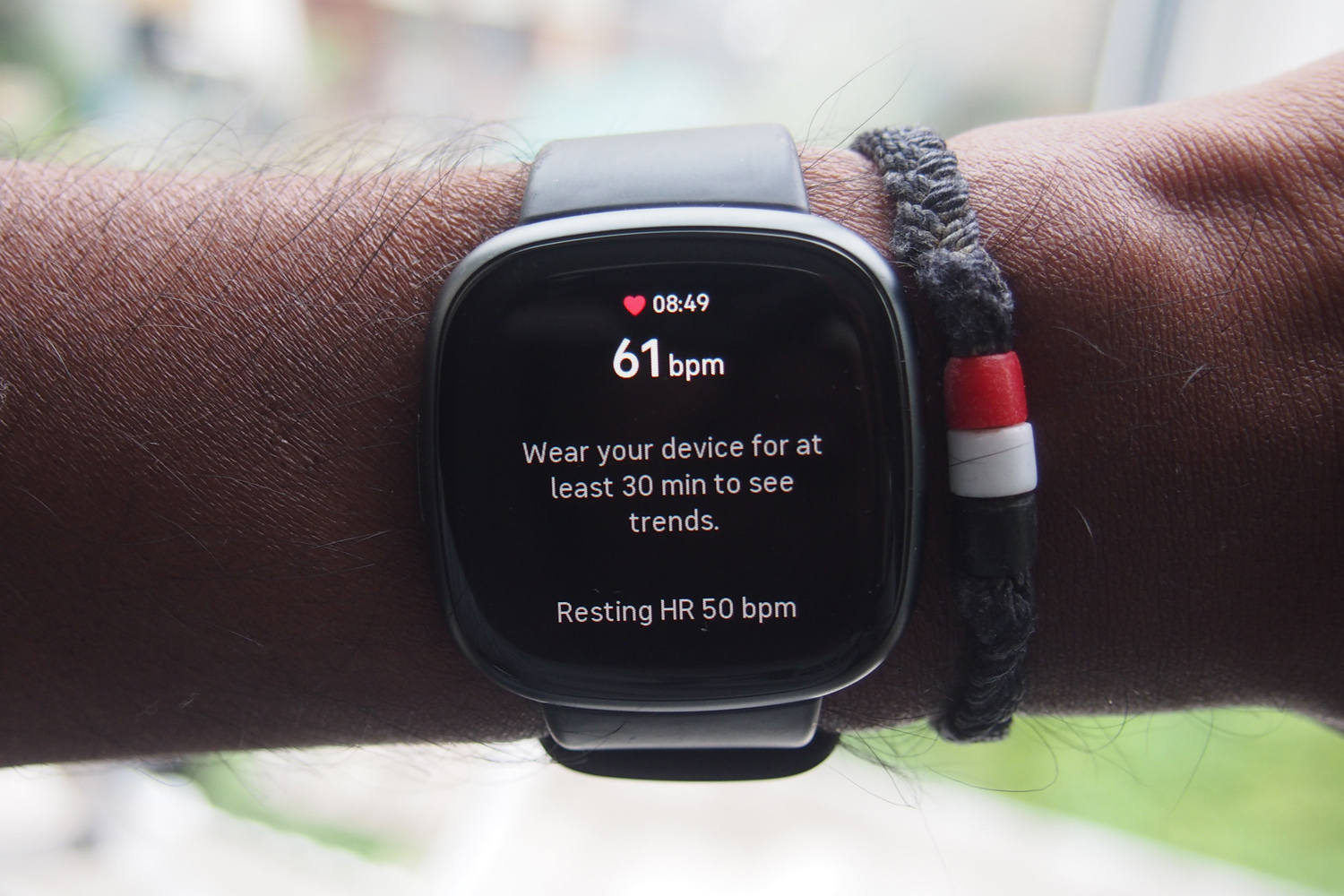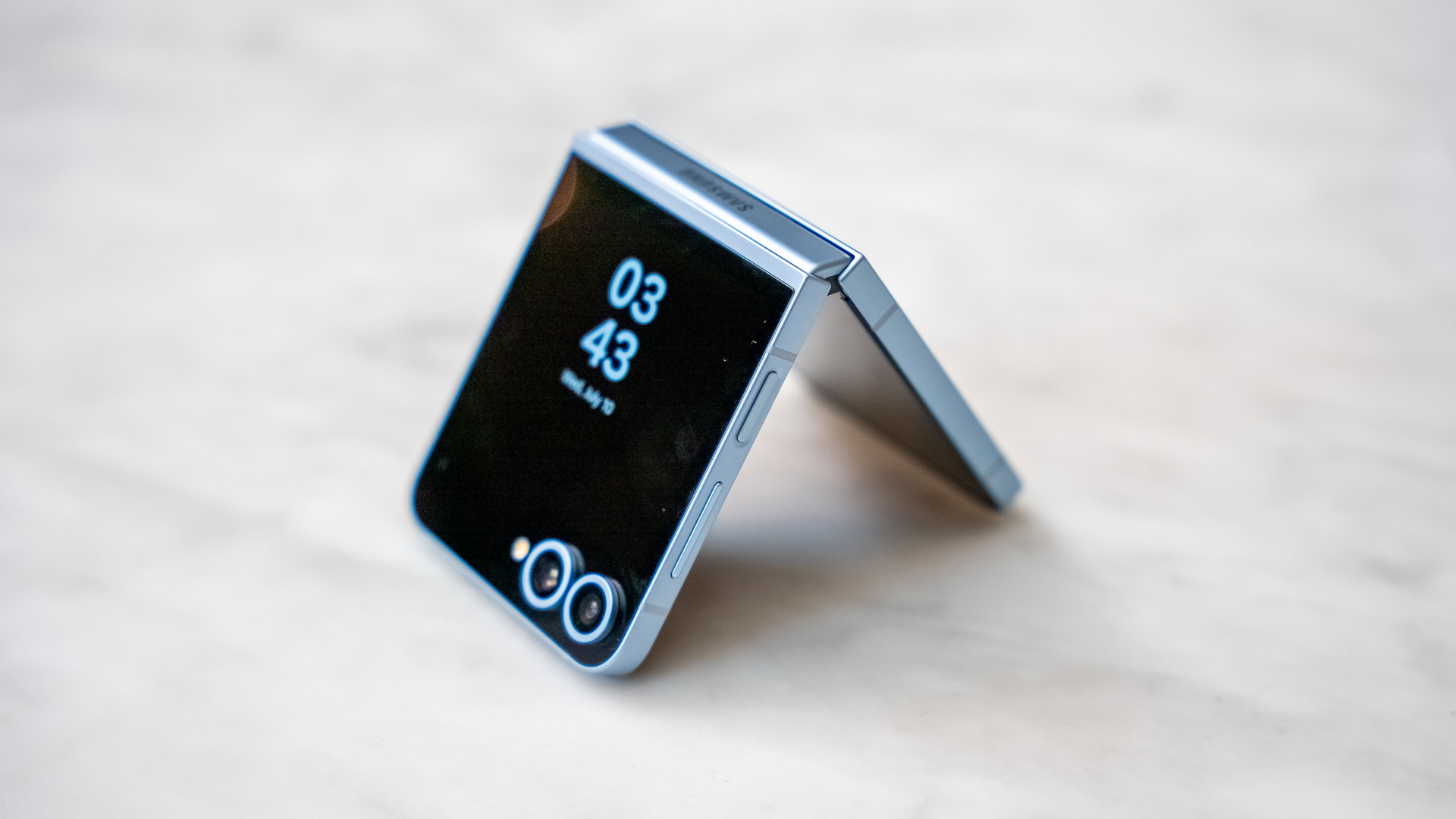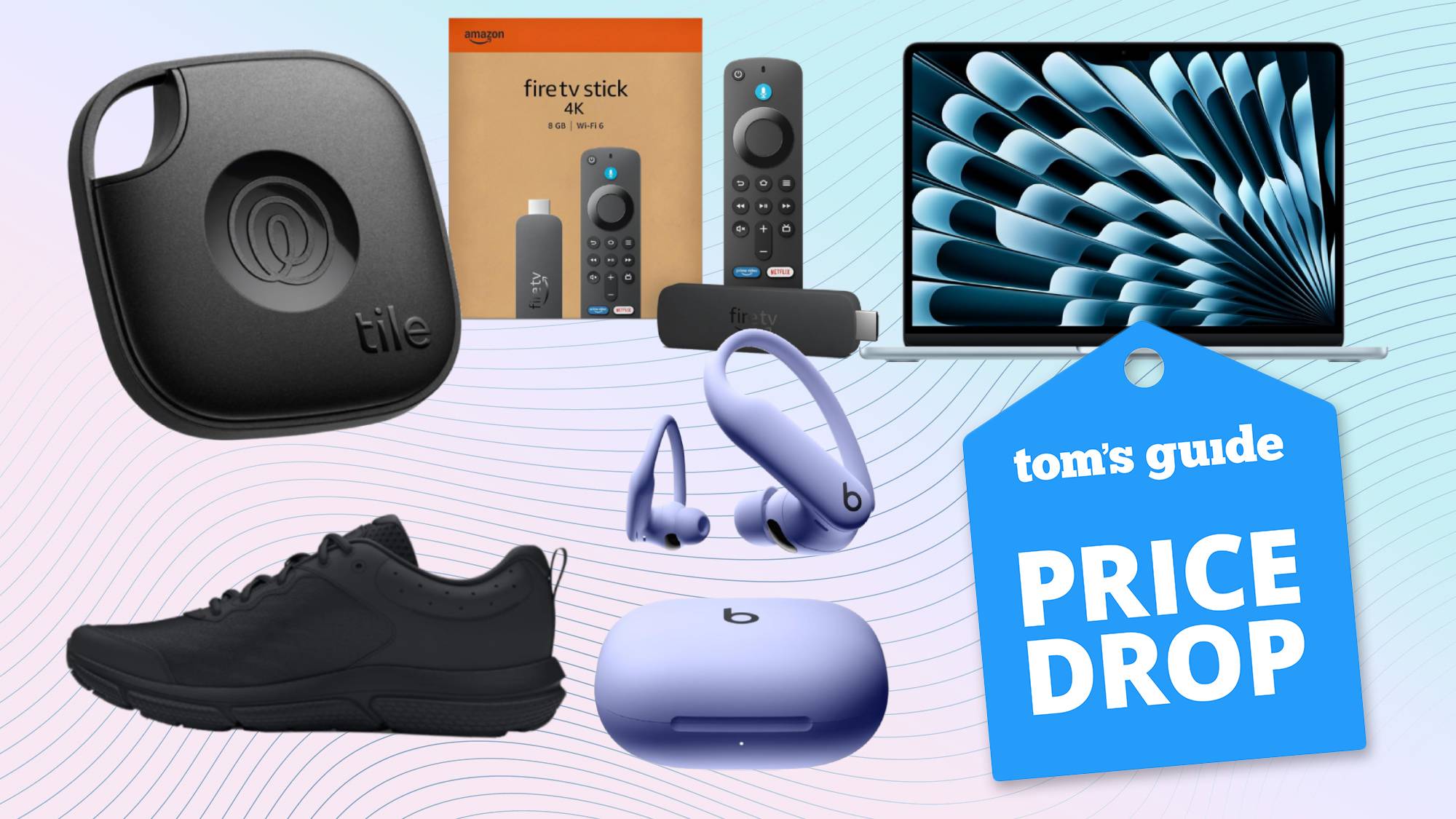Google has released Android 16, now available for supported Pixel devices. The new release introduces a wide range of new APIs and changes, some of which affect existing apps and require developers to update their code. Material 3 Expressive, the new paradigm for Android user interfaces, is not yet included and will roll out later this year.
Android 16 introduces a wealth of new features and changes across nearly all areas of the OS, from accessibility and connectivity to camera support, privacy, core functionality, security, and more. Notable new behaviors include improved notifications, extended support for full screen apps, advanced protection against USB attacks, desktop-style multitasking, and several enhancements to camera and media capabilities.
Adaptive apps are the default on Android 16 for any “large” device, that is, devices with displays larger than 600dp in both dimensions, such as the inner screens of foldables, tablets, and Chromebooks. The option to restrict an app’s resizability via the manifest is no longer available. For developers, this means adopting good practices to avoid stretched UI components, ensuring the camera works correctly in both orientation, and preserving state across window size changes.
Changes needed to support adaptive apps are also essential for desktop-like multitasking, which is enabled when connecting an Android device to an external monitor. In addition, apps displayed on an external monitor may benefit from more advanced behaviors like allowing multiple instances, support data sharing via drag and drop, support configuration changes, and more.
Android 16 introduces an extended notification system supporting progress-centric notifications, which can be used to denote how a process progresses through multiple states and milestones, such as for ridesharing, delivery, and navigation. The system uses points and segments to visually represent progress. These new features lay out the foundation for the upcoming Live Updates capability.
Google has already scheduled a minor Android 16 update for Q3 and a major feature drop in Q4, which will include the release of Material 3 Expressive. Notably, the current release is the only one that will require updates to existing apps to ensure compatibility with Android 16 devices.
Developers should pay close attention to changes such as new JobScheduler quotas that could stop an app when the developer does not expect it; ART changes potentially crashing apps using reflection, JNI, or accessing Android internals; stronger security against intent redirection attacks; the adoption of 16KB page size; new Bluetooth handling affecting device re-pairing, and more.
As mentioned, Android 16 is currently available exclusively on supported Pixel devices. According to Google, support for third-party models will follow soon. In the meantime, developers can test their apps using the Android emulator in Android Studio to ensure compatibility and expected behavior on Android 16.










